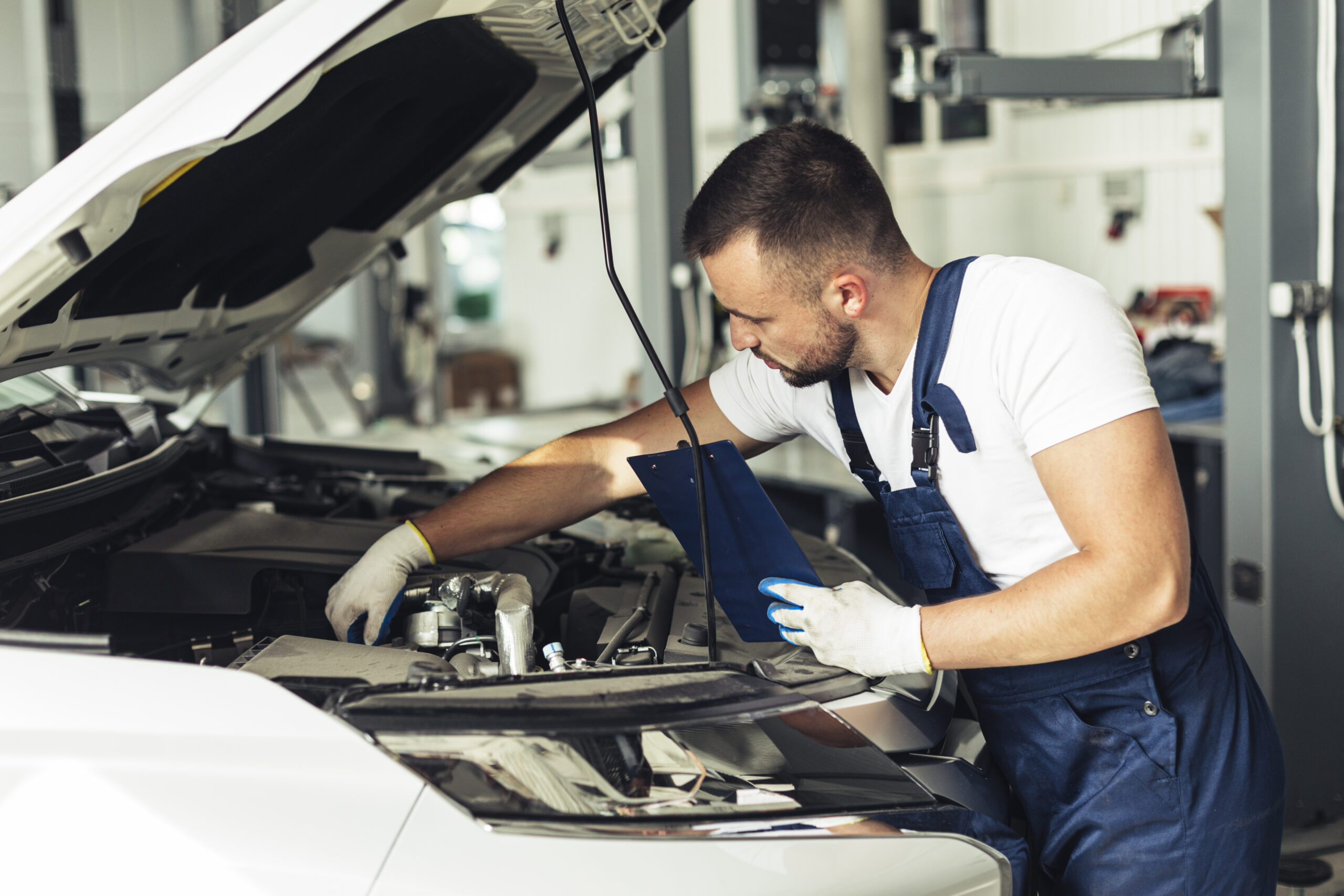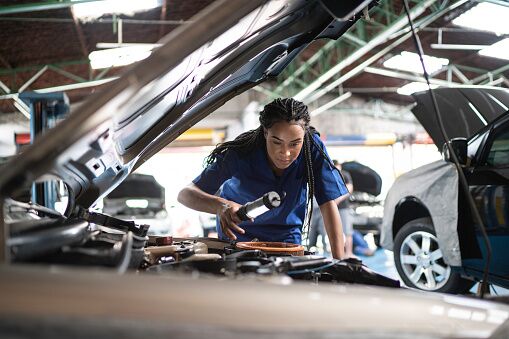All Categories
Featured

[/image]
2 of the most essential tire services are tire rotation and alignment. If you're strange with what tire turning and alignment entail, right here's an in-depth look at why they matter and just how they benefit your vehicle.
What Is Tire Rotation? Tire rotation describes relocating your tires from one setting to another to guarantee they wear uniformly. The factor tire turning is needed is because not all tires put on the very same way. In front-wheel-drive lorries, for instance, the front tires handle both guiding and power, that makes them wear faster than the rear tires. Likewise, the rear tires put on in different ways in rear-wheel-drive and all-wheel-drive cars.
By revolving your tires routinely, you can balance out the wear across all four tires. This helps them last longer and allows for more even traction, boosting handling and security. Many producers suggest rotating your tires every 6,000 to 8,000 miles or as per the automobile's guidebook.
What Is Tire Positioning? Tire alignment, also referred to as wheel placement, refers to the process of changing the angles of your car's wheels to fulfill the supplier's specs. The goal of placement is to make certain that all 4 tires are pointing in the right instructions and at the appropriate angles, which allows for optimal handling, safety, and tire life.
There are three primary positioning angles that are changed throughout a placement check:

Camber: The tilt of the wheels when seen from the front. If the camber is off, it can result in unequal tire wear, as the tire will not make full contact with the roadway surface. Caster: The angle of the steering axis when watched from the side. Proper caster alignment ensures that your car is secure when driving straight which your wheel returns to its typical setting after a turn. Toe: The angle at which the tires point inward or outward when watched from above. Wrong toe alignment can trigger the tires to drag, causing uneven wear and minimized gas performance. Imbalance can happen with time because of regular driving or from striking obstacles like visuals or potholes. If your placement is off, it is necessary to get it examined and fixed to stay clear of concerns in the future.
Why Tire Rotation and Placement Matter. Increased Tire Life:. Regular tire rotation makes certain also tire wear, helping you obtain the most gas mileage out of your tires. Irregular wear can create you to replace tires too soon, which can be pricey. When your tires use uniformly, they last longer, conserving you money in the lengthy term.
Enhanced Automobile Handling:. Correct positioning keeps your automobile driving straight and steady, specifically at greater rates. Imbalance can cause your cars and truck to draw away, making it harder to steer. By maintaining your tires aligned, you ensure your vehicle deals with extra efficiently and naturally.
Enhanced Security:. Tires that are not turned or lined up appropriately can use erratically, affecting just how well your automobile stops and corners. As an example, misaligned tires or tires with irregular wear patterns may create reduced grip, especially in damp or icy problems, causing a greater threat of accidents.
Much Better Gas Effectiveness:. Tires that are misaligned can create moving resistance, meaning your engine needs to function tougher to relocate the automobile. This enhances gas consumption and reduces your cars and truck's fuel efficiency. Appropriate tire alignment reduces rolling resistance, which can improve gas mileage.
Indicators Your Tires Need Turning or Placement. While it's essential to remain on top of normal tire turnings and placements, there are a couple of signs that might show your tires require attention:
Irregular Wear: If you notice that a person tire is extra worn than the others, it's likely time for a rotation. Guiding Pull: If your cars and truck draws to one side or really feels off-center, maybe a sign of misalignment. Vibrations: If you feel resonances in the steering wheel or the cars and truck, it can be because of an alignment issue. Noisy Tires: Screeching or loud tires can indicate incorrect turning or imbalance. If you see any of these indicators, it is essential to obtain your tires examined by a professional.
Exactly How Commonly Should You Revolve and Straighten Your Tires? Tire rotation should generally be done every 6,000 to 8,000 miles, though this can vary based upon your driving conditions and the kind of car you drive. It's additionally an excellent idea to have your tires rotated whenever you obtain an oil adjustment.
For positioning, you should have your tires lined up every 1-2 years, or a lot more regularly if you discover any kind of issues with taking care of or irregular tire wear. If you struck a big pocket or curb, it's smart to obtain an alignment check immediately.
Final Thought: Routine Upkeep for Ideal Efficiency. Tire rotation and positioning are 2 basic but essential services that keep your cars and truck running efficiently, effectively, and securely. By rotating your tires consistently and keeping your wheels correctly straightened, you can extend the life of your tires, enhance handling, and appreciate far better gas effectiveness.
Latest Posts
Don’t Miss Special Auto Repair Specials in Chicago at Montclare Auto Repair
Why Regular Vehicle Maintenance at Montclare Auto Repair Reduces Costs
Understanding Roof Covering Warranties: What Homeowners Ought To Know
More
Latest Posts
Don’t Miss Special Auto Repair Specials in Chicago at Montclare Auto Repair
Why Regular Vehicle Maintenance at Montclare Auto Repair Reduces Costs
Understanding Roof Covering Warranties: What Homeowners Ought To Know